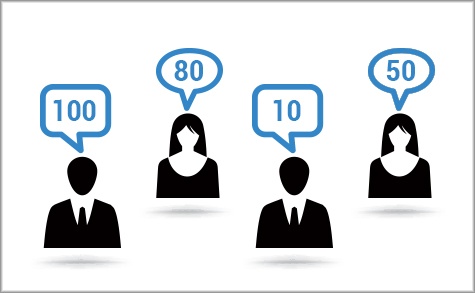In the context of a call center, the term blended agents refers to the agents who manage both incoming and outgoing calls and applications as needed. Need is determined by contact center traffic levels. The blended agents in any call center are trained to handle both incoming and outgoing calls. This training generally involves:
i) Automatic call distribution system identifying a rise in incoming call volume a
ii) Switching outbound agents’ duties to handle the overflow.
As an alternative, inbound agents can be assigned to outbound calls when the incoming volume is low.

In a blended call environment, the managers can decide when more agents are required for as particular role and instruct them to swith. And all this can be done in the absence of an automated system. Having blended call agents at your call center has a number of advantages like:
i) Increased occupancy
ii) Promotion of short-term offerings
iii) Reduced queueing
iv) Greater staff satisfaction
Blended agents have a huge potential of adding value to a variety of contact centres, and are especially useful in centers with few seats. The reason for this is that small centres are vulnerable to low levels of occupancy which further leads to low efficiency, based on peaks and troughs in call volume. In centres where low occupancy is a major issue, adopting a blended approach can prove to be highly profitable. Instead of revisiting scheduling practices, this technique can act as an efficacious solution to such a problem of low occupancy. Moreover, blended agents can be used on a short-term basis to promote campaigns. Inbound agents can be trained against a simple script to make outbound calls for the duration of a promotion. Employing a blended environment in call centers can also help utilize the resources efficiently and effectively.















